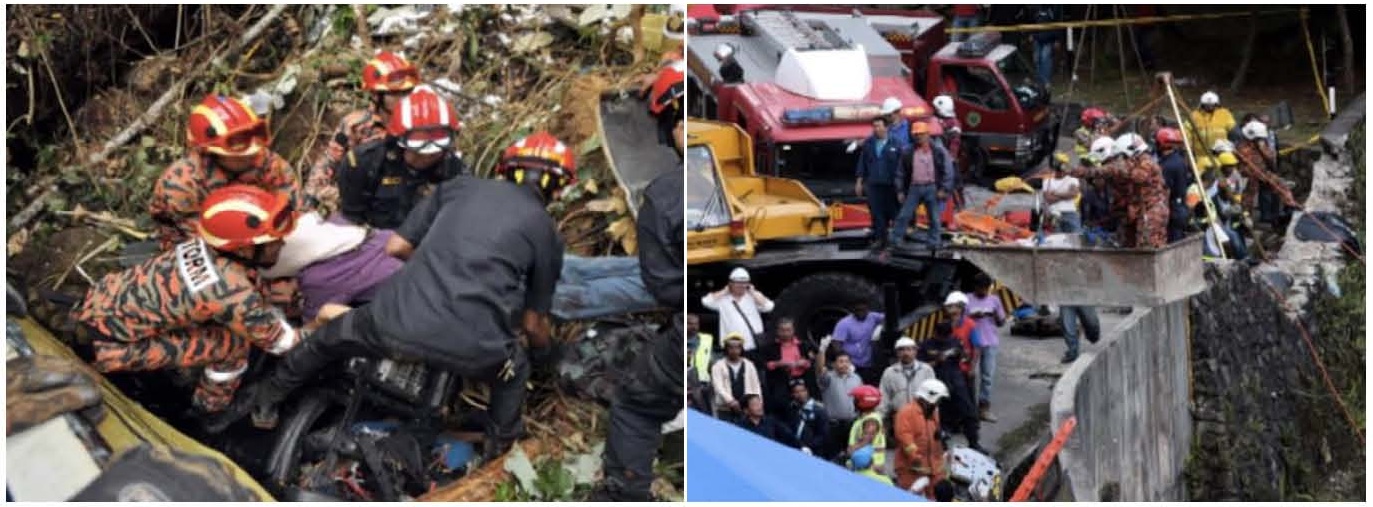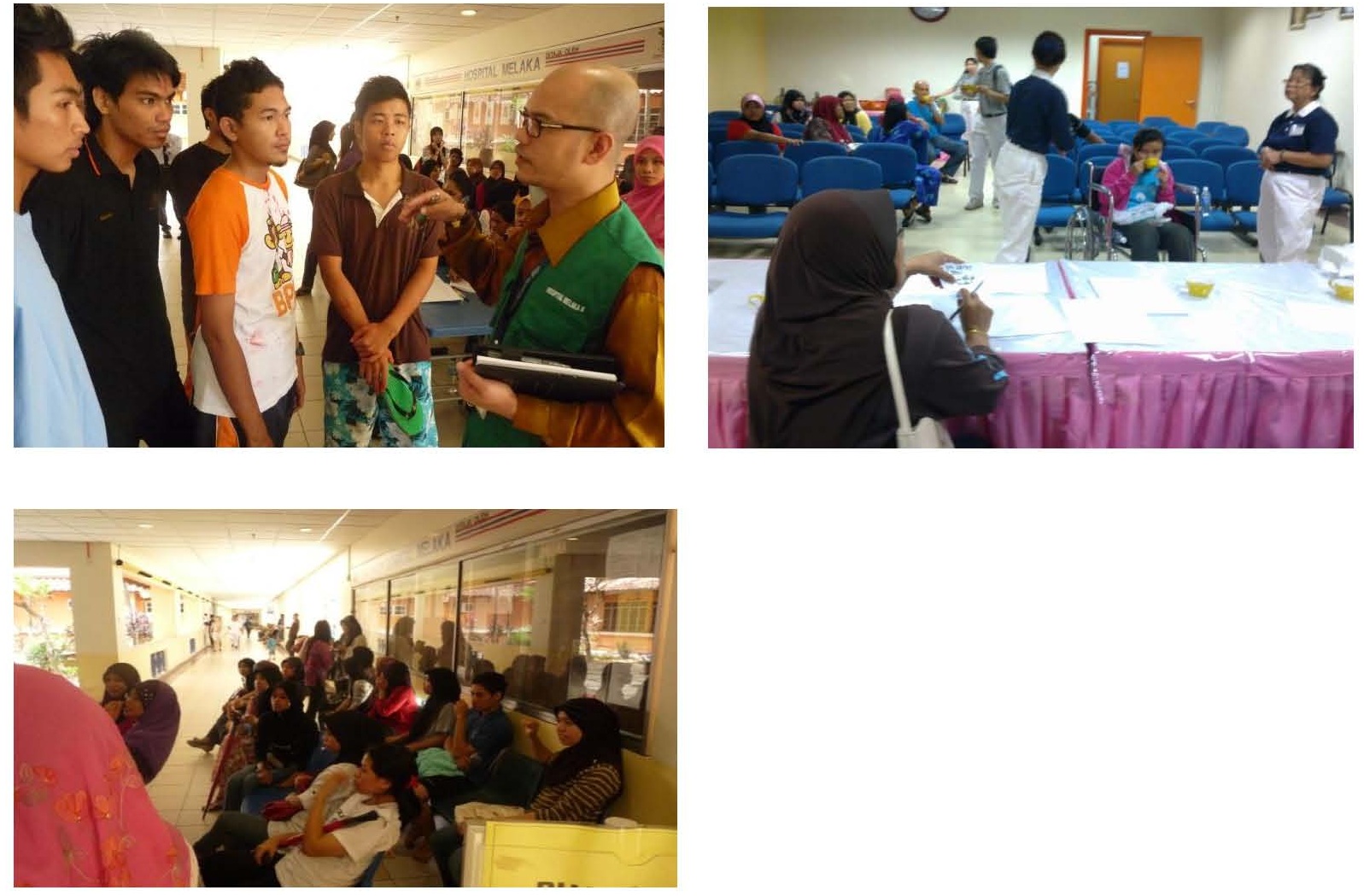Introduction
Disaster is defined as a sudden incident that is complex happened to mothernature whether because of natural or human factors. It could involve loss of life or injury, damage to property or the environment and it affect the activities of the local community.The level of severity experienced after the disaster took place depends on the resilience of the affected population and their ability to recover.
Types Of Disasters
Generally, disasters can be divided into three types, namely:
- Natural Disasters
This kind of disasters are caused by adverse events resulting from natural processes. A natural disaster can cause loss of life, property damage and also affecting the economy. For example, floods, typhoons, landslides, tsunamis and etc.
- Man-made Disasters
Man-made disasters are disasters resulting from human acts or neglection. The effects derive from this form of disaster are usually on avast scale and very costly. For example, fires, road accidents, airplane crashes, collapsed buildings, industrial accidents, nuclear accidents, civil unrest, terrorist attacks and others.

Figure 2: A road accident at KM 223 in the North-South Expressway on October 10, 2010 that resulted in 12 deaths and 40 people injured.
Source : Berita Harian 11 October 2010
Figure 3: A road accident at KM 3.5 in Genting Highlands on August 22, 2013 that caused the loss of 37 lives and 16 people injured.
Source: Utusan Malaysia 23 August 2013 - Hybrid Disasters
Hybrid disasters comprises of both natural disasters and man-made disasters. A combination of both of this type of disasters have resulted in increased damage as a consequence of anthropogenic actions. For example, the collapsed of building during floods, road accidents involving many victims during typhoons and others.
Problem Faced By Patients Who Are Disaster Victims
The disaster victims and their relatives often face several difficulties or problems as a consequence of the disaster. The problems that may arise include the following:
- The lack of or scarcity of basic needs such as shelter, food, water and clothing that may have been destroyed when the disaster strucks.
- Psychological problems such as prolonged trauma.
- Financial difficulties to secure their daily needs. After a disaster, victims would not have adequate resources to live due to the loss of their property from natural disaster.
- Difficulty in contacting or getting up – to – date information of family members and close relatives, especially after becoming victims of human and hybrid disasters.
Establishment Of An Information Center For Disaster Victims
The Medical Social Worker in the hospital helps to set up a Disaster Information Center immediately. The function of this center include:
- Ensure the welfare needs of the victims and their relatives are entertained to during their stay in the hospital.
- Provide up – to – date information on the status of victims and inform their next of kin.
- Act as a liaison between government agencies and non-governmental organizations (NGOs) and work together in providing assistance to the victims and their relatives.
- This Centre can be a place that provide comfort and emotional support to the relatives of the victims.
- Used as a transit station for discharged patients awaiting to be taken home by their relatives.
Support Resources For Victims Of Disaster
The Medical Social Worker seeks help from various other sources in efforts to help victims and their relatives. Some of these support resources are as follows:
a. Government Agencies
- Department of Social Welfare
- Baitulmal
- Pusat Zakat
b. Non-Governmental Organisations (NGOs)
- Malaysian Medical Welfare Fund (TKPM)
- Voluntary Bodies

Figure 4: Disaster Information Center
Source : Personal Pictures
References
- http://www.ondscene.my/ kemalanganjalanraya
- http://portalbencana.mkn.gov.my/
| Last Reviewed | : | February 2024 |
| Writer / Translator | : | En. Halim b. Jamil |
| Reviewer | : | Zulhan bin Ambi |







